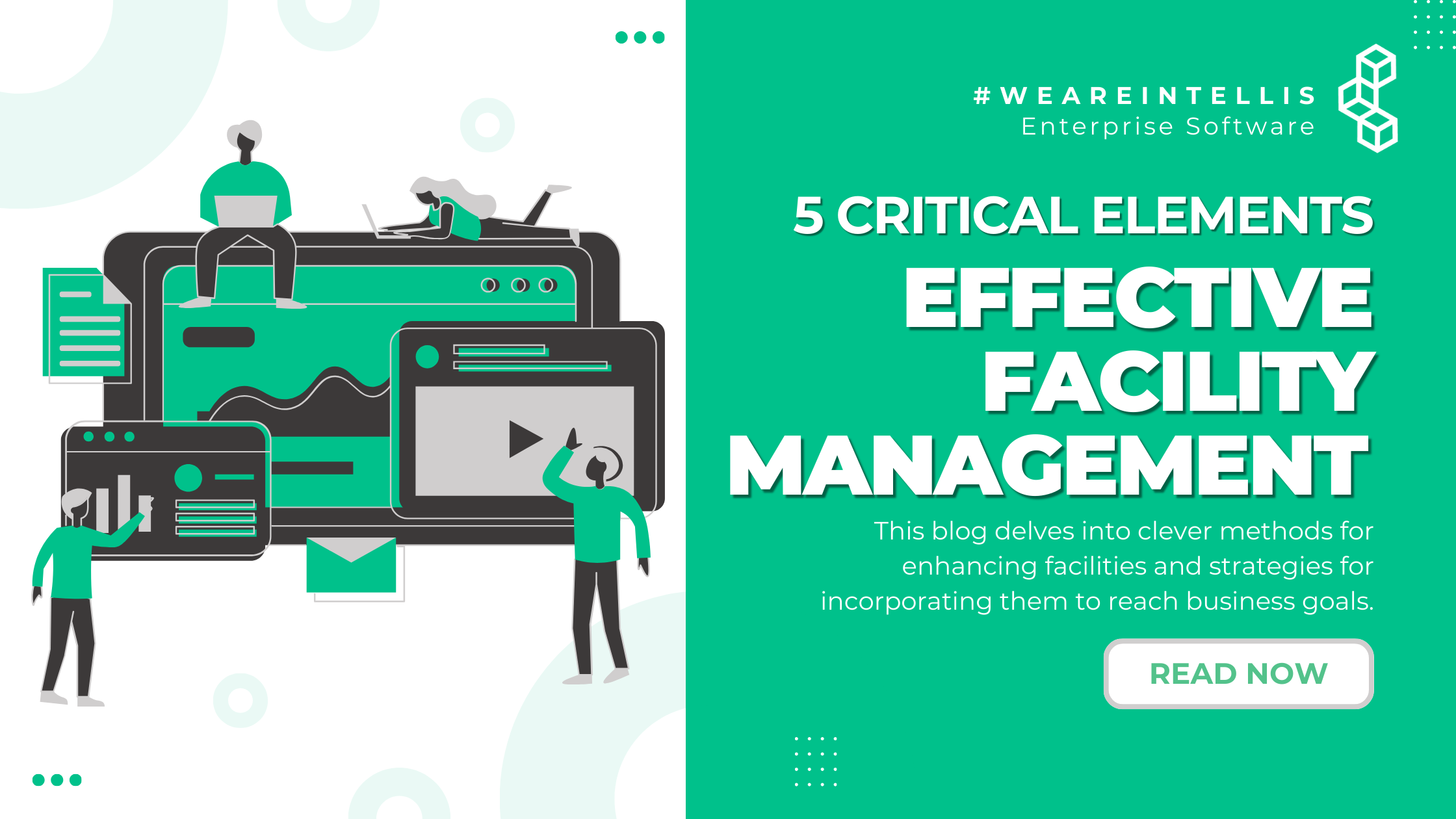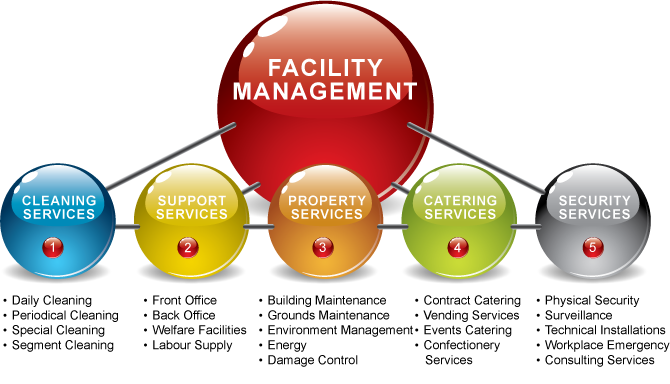The Essential Overview to Center Monitoring: Methods for Success
Center management plays an essential function in the overall success of a company, functioning as the backbone that supports efficiency, effectiveness, and security. By utilizing critical strategies such as incorporated technological options and cultivating cross-departmental collaboration, organizations can substantially boost their functional structures. The nuances of effective center administration extend beyond mere logistics and call for a detailed understanding of both qualitative and measurable metrics. As we explore these important techniques, a closer assessment exposes just how they can change not just facilities, but the very society within a company itself. What might these changes look like in technique?
Comprehending Center Monitoring
What comprises reliable center management? Effective facility management encompasses the sychronisation of different organizational functions to make sure that constructed settings are secure, efficient, and favorable to efficiency. It integrates the concepts of design, architecture, and service management to create a smooth operational circulation within an organization.
Key components of facility administration consist of room planning, maintenance administration, and conformity with health and wellness policies. Area preparation concentrates on maximizing making use of physical resources to support organizational objectives, while upkeep management makes sure that centers are maintained in optimum problem, optimizing life-span and reducing operational costs. Compliance with legal and governing standards is important, as it safeguards the organization against prospective obligations and improves its track record.
Moreover, reliable center administration relies upon the calculated use of innovation, such as Building Management Systems (BMS) and Computer-Aided Facility Monitoring (CAFM) devices. These modern technologies promote real-time tracking of building systems and improve maintenance procedures (Facility Management). Inevitably, a thorough technique to facility management not only advertises functional effectiveness but additionally cultivates a positive environment for site visitors and workers alike, driving overall business success

Key Methods for Optimization
Optimizing center monitoring requires a critical approach that lines up functional experiment business purposes. To achieve this, the very first vital technique is the execution of incorporated technological options. Making use of advanced software application systems permits real-time monitoring of facility procedures, facilitating data-driven decision-making and improving general performance.
Second of all, regular assessments of facility efficiency are crucial. Conducting routine assessments and audits makes it possible for center managers to identify areas that need enhancement, making sure that sources are allocated efficiently. This positive technique assists in lessening downtime and boosting solution distribution.
An additional crucial method is promoting partnership throughout divisions. By motivating open interaction between teams, facility managers can better straighten their strategies with business goals, leading to improved operational harmony. In addition, involving personnel in training programs promotes a culture of liability and boosts their capacity to add to optimization initiatives.
Enhancing Security Protocols
Strengthening safety and security methods is essential for producing a protected setting within facilities. An extensive safety method not only protects site visitors and employees yet likewise enhances functional effectiveness. Facility Management. To achieve this, center managers should perform routine risk analyses to ensure and recognize potential threats that proper measures remain in place

Additionally, clear interaction channels must be developed to report security problems promptly. This includes creating an accessible platform for employees to voice potential hazards or incidents without fear of reprisal. Leveraging innovation can improve safety measures; for instance, carrying out monitoring systems and gain access to controls helps check center activities and limit unapproved entrance.
Lastly, conformity with regional regulations and industry criteria is non-negotiable. Routine audits and reviews of safety and security procedures guarantee alignment with existing legislations and best techniques. By prioritizing these strategies, center managers can grow a society of safety that protects all stakeholders and inevitably contributes to the company's success.
Improving Work Environment Environment
A favorable workplace environment significantly improves employee spirits and productivity, making it a critical emphasis for facility administration. To create such a setting, facility supervisors ought to focus on several key aspects, including functional designs, looks, and worker engagement.
Ergonomic factors to consider are important to decrease physical stress and pain. This involves giving adjustable furniture, correct lighting, and appropriate space for motion. These changes can lead to minimized absence and boosted job contentment.
Aesthetic appeals try this site play a vital function fit the office atmosphere. Using color psychology, natural lights, and greenery can promote a boosting and welcoming environment. Thoughtfully created spaces can improve creativity and boost overall wellness.
In addition, motivating worker involvement through inclusive decision-making processes can boost the sense of possession and belonging. Collecting comments on workplace improvements and involving employees in the design process can bring about a more tailored atmosphere that meets their demands.
Last but not least, promoting health efforts, such as health cares and leisure spaces, can further contribute to a helpful work environment culture. By focusing on these strategies, center supervisors can successfully enhance the workplace setting, driving both staff member contentment and business success.
Measuring Success in Facilities
Measuring success in center administration requires a comprehensive approach that reviews both measurable and qualitative metrics. Measurable metrics normally include key efficiency indicators (KPIs) such as room utilization prices, energy intake, maintenance costs, and tenancy levels. These metrics give a clear photo of operational performance and monetary efficiency, enabling facility supervisors to identify locations for improvement and benchmark versus industry requirements.
Qualitative metrics, on the other hand, emphasis on user fulfillment and employee involvement. Surveys and responses mechanisms can assess how well the centers meet the check my source requirements of occupants, assisting to assess the general office atmosphere. This facet is essential, as a completely satisfied workforce is usually linked to boosted performance and retention rates.
To successfully measure success, facility supervisors should likewise take into consideration integrating modern technology, such as building administration systems and information analytics tools, to gather and assess relevant data. Routinely assessing both collections of metrics allows for an extra well balanced view of performance and notifies critical choices. Ultimately, a successful center management technique pivots on a dedication to continuous improvement, making certain that both functional efficiencies and individual fulfillment are focused on.

Verdict
In conclusion, reliable facility administration is crucial for improving business performance. Prioritizing safety and security protocols and enhancing office environments even more add to increased worker fulfillment.
Center management plays a crucial function in the overall success of an organization, offering as the backbone that sustains efficiency, security, and effectiveness.Secret elements of facility management include room preparation, upkeep administration, and conformity with health and wellness and security policies.Additionally, efficient facility management counts on the critical usage of innovation, such as Building Management Equipment (BMS) and Computer-Aided Center Administration (CAFM) tools. Ultimately, a comprehensive strategy to center administration not only advertises functional effectiveness but additionally promotes a positive environment for visitors and staff members alike, driving general organizational success.
Inevitably, a successful facility management approach hinges on a commitment to continual enhancement, ensuring that both published here functional effectiveness and user satisfaction are focused on.